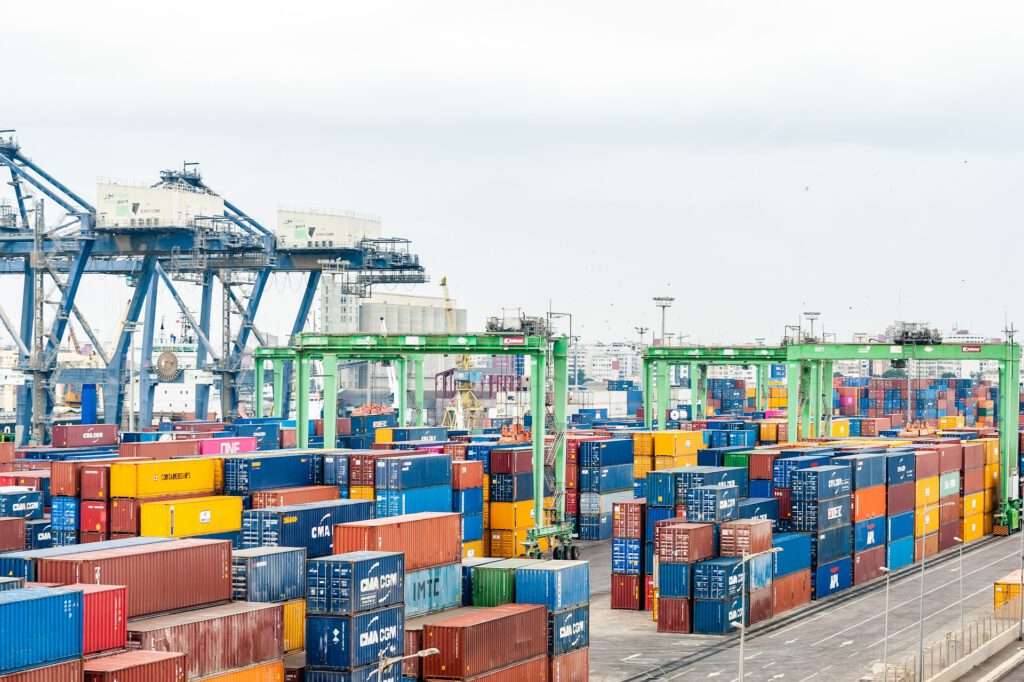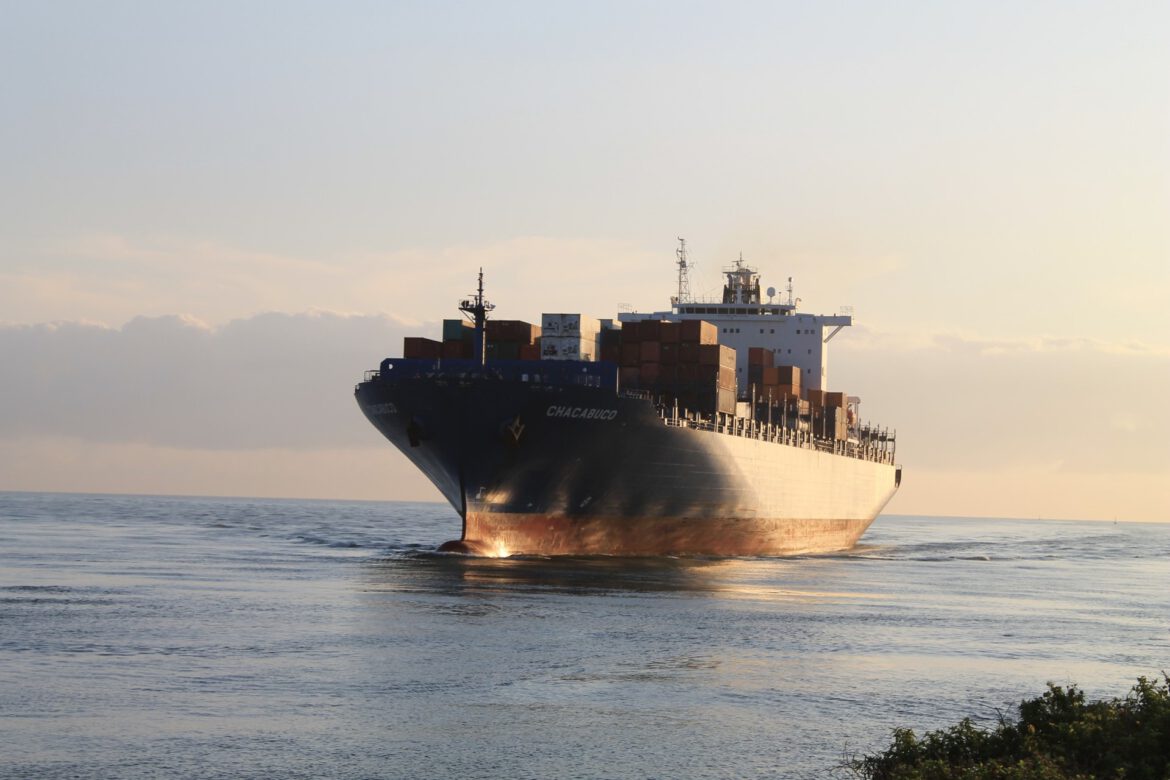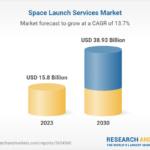Chinese President Xi Jinping arrived in Bali, Indonesia for the Group of 20 (G20) summit on Monday after which he addressed the summit on Tuesday, saying that faced with challenges, all countries should embrace the vision of a community with a shared future for mankind, and advocate peace, development and win-win cooperation.
This is not the first time that the president has spoken in Indonesia about international cooperation.
In a speech to Indonesian parliament on October 3, 2013, Xi said that in order to build a new “Maritime Silk Road,” China will strengthen maritime cooperation with ASEAN countries ” to make good use of the China-ASEAN Maritime Cooperation Fund set up by the Chinese government.”
The Silk Road Economic Belt and the 21st-Century Maritime Silk Road initiative (BRI) that Xi proposed aims to create a trade and infrastructure network that connects Asia with Europe and Africa along ancient trade routes both over land and sea.

Past and Present of Maritime Silk Road is Key to China-Indonesia ties and International Trade
Chinese President Xi Jinping arrived in Bali, Indonesia for the Group of 20 (G20) summit on Monday after which he addressed the summit on Tuesday, saying that faced with challenges, all countries should embrace the vision of a community with a shared future for mankind, and advocate peace, development and win-win cooperation.
This is not the first time that the president has spoken in Indonesia about international cooperation.
In a speech to Indonesian parliament on October 3, 2013, Xi said that in order to build a new “Maritime Silk Road,” China will strengthen maritime cooperation with ASEAN countries ” to make good use of the China-ASEAN Maritime Cooperation Fund set up by the Chinese government.”
The Silk Road Economic Belt and the 21st-Century Maritime Silk Road initiative (BRI) that Xi proposed aims to create a trade and infrastructure network that connects Asia with Europe and Africa along ancient trade routes both over land and sea.
The history and culture of the Maritime Silk Road has long captured the imagination of the public in China, leading to the establishment of related museums, such as the Maritime Silk Road Museum in South China's Guangdong Province.
Ancient glory
Thousands of years ago, China and other countries were connected by the ancient Maritime Silk Road that got its start during the Eastern Zhou Dynasty (770BC-256BC), matured during the Han Dynasty (206BC-AD220) and flourished during the Tang Dynasty (618-907). Seen as the world's most ancient maritime route, the Maritime Silk Road was one of the most important sea passages for trade and cultural exchanges between China and foreign countries in ancient times.
Between China and Indonesia, the ancient Maritime Silk Road has played a great role in trade and cultural exchanges. Since the Tang Dynasty, China saw great progress in trade, shipbuilding and the maritime industry. The development of active overseas exchanges allowed trade relations between China and other nations in the region around what is today Indonesia flourish.
Indonesia's special location and numerous islands made it an important transit point along the Maritime Silk Road and distribution center for goods from China and other regions including Europe, South Asia and West Asia.
In the Ming Dynasty (1368-1644), Chinese mariner, explorer and diplomat Zheng He was commissioned by the Yongle Emperor to command seven expeditionary voyages, which ended up traveling to Southeast Asia, South Asia, West Asia and East Africa from 1405 to 1433.
Zheng's voyages enhanced official trade and communication between the Ming and the governments of other countries became more frequent. According to historical records, ancient kingdoms in Indonesia sent their envoys to present gifts to China more than 50 times during the Ming Dynasty.
Throughout the history of the Maritime Silk Road, Indonesia has always been “the only way that must be passed” along this sea route, Wang Jianxin, the first scholar in China to conduct overseas Silk Road research, told the Global Times.
By passing by this significant transfer point, Chinese traders planted the seeds for China's cultural presence in the Southeast Asian country.
“Especially the descendants of immigrants, many of them have a Chinese cultural background, especially Southern Chinese, who moved to Indonesia centuries ago.”
In the eyes of Chinese cultural researcher Xiao Shuming, such an early cultural transformation along the Maritime Silk Road paved the way for contemporary China and Indonesia to understand each other.
“Because of the ancient Maritime Silk Road, Indonesia is now the home to the largest number of overseas Chinese. But this isn't just a number, when people migrate, their lifestyles, traditions and beliefs migrate too,” Xiao said.
BRI creates more opportunities
Based on the centuries of exchanges between the two nations through the Maritime Silk Road, cooperation between China and Indonesia has only increased and deepened today. As two important BRI countries, cooperation between Indonesia and China has been upgraded in the areas of politics, economics, culture and education, far beyond the simple exchange of light commodities in ancient times.
According to experts, relations between China and Indonesia are becoming more closely aligned and as trade between the two countries rises, so too do exchanges of culture.
This deepening cooperation has also brought an increasing demand for language talents, which has inspired young people from both nations to seek out more opportunities for cultural communication, experts noted.
Take current Silk Road e-commerce platforms as an example. In Indonesia, which has a huge number of millennials, around 63.5 million, there is a huge demand for e-commerce.
“The establishment of Silk Road e-commerce platforms has provided more opportunities for cooperation between citizens in the two countries, especially among young customers,” Indonesian sinologist Novi Basuki told the Global Times.
The publics have been benefiting from China–Indonesia collaboration under the 21st Century Maritime Silk Road Initiative in recent years, Paulus Rudolf Yuniarto, a researcher from the Research Center for Area Studies, told the Global Times.
“Infrastructure investments made through the initiative, such as roads and seaports, directly benefit them by increasing their income, while investments by Chinese smartphone firms into technological infrastructure and e-commerce in Indonesia help employ many people,” the researcher said.
Experts are optimistic about the future development of the 21st Maritime Silk Road. Yuniarto noted that the initiative indicates a development trend in economic, social and cultural fields. Chinese investment through the Belt and Road Initiative in Indonesia can reach a new level, as can bilateral relations based on equality, harmony, and mutual benefit.













